Craig Malone
Community lands steward
Craig’s love for nature was born in the chaparral forests and coastal tide pools of San Diego, California. From an early age, he immersed himself in exploring and understanding local ecosystems by volunteering at the Scripps Birch Aquarium and nearby nature preserves. For his senior capstone project in high school, he documented the diversity within kelp forests along Southern California’s coastline. These formative experiences ignited a lifelong passion for ecology and set him on a path toward a career in environmental science and conservation.
Craig earned a B.S. in Environmental Biology from Michigan State University in 2018. While at MSU, he participated in long-term ecological studies at the Kellogg Biological Station and collaborated with the U.S. Forest Service on research addressing the spread and effects of the invasive emerald ash borer across the Midwest. He completed and published research in Ohio where his work focused on how reforestation and invasive species removal influence native plant and spider populations. He then spent time as a natural resource specialist in North Carolina, leading efforts to reduce watershed pollution, reestablish native plant communities, and restore stream systems after development. One of his most notable accomplishments was overseeing a two-mile stream restoration that included bank stabilization and long-term water quality monitoring with the city of Charlotte. These hands-on experiences deepened his understanding of applied conservation and the strength in bringing together diverse groups in pursuit of shared goals.
In 2021, Craig finally made his long-anticipated return to the Pacific Northwest, a region he fell in love with a decade ago during a seven-day kayaking trip around Orcas Island. While pursuing a Master’s degree at Washington State University, he studied how deforestation for human development impacted native tree species in tropical forests. What began as a return to familiar territory, Craig developed a newfound appreciation for the Palouse which became a personal calling to protect this unique landscape. Throughout his career, Craig has combined skills in remote sensing, plant identification, invasive species management, and habitat restoration. Today, he is committed to applying his scientific background to practical conservation strategies in the Palouse region while actively engaging and collaborating with the local community to ensure sustainable and impactful outcomes.
Craig’s passion for nature extends beyond his career. In his personal life, he enjoys backpacking until the days blur together, discovering new trails, and creating ArcGIS maps simply for the joy of exploration. Whether he is out in the field or at his desk, Craig is continually driven by a curiosity of how our natural systems work, often using photography to capture smaller moments. For him, the boundary between work and wonder is always blurred by a profound respect for the world around him.


